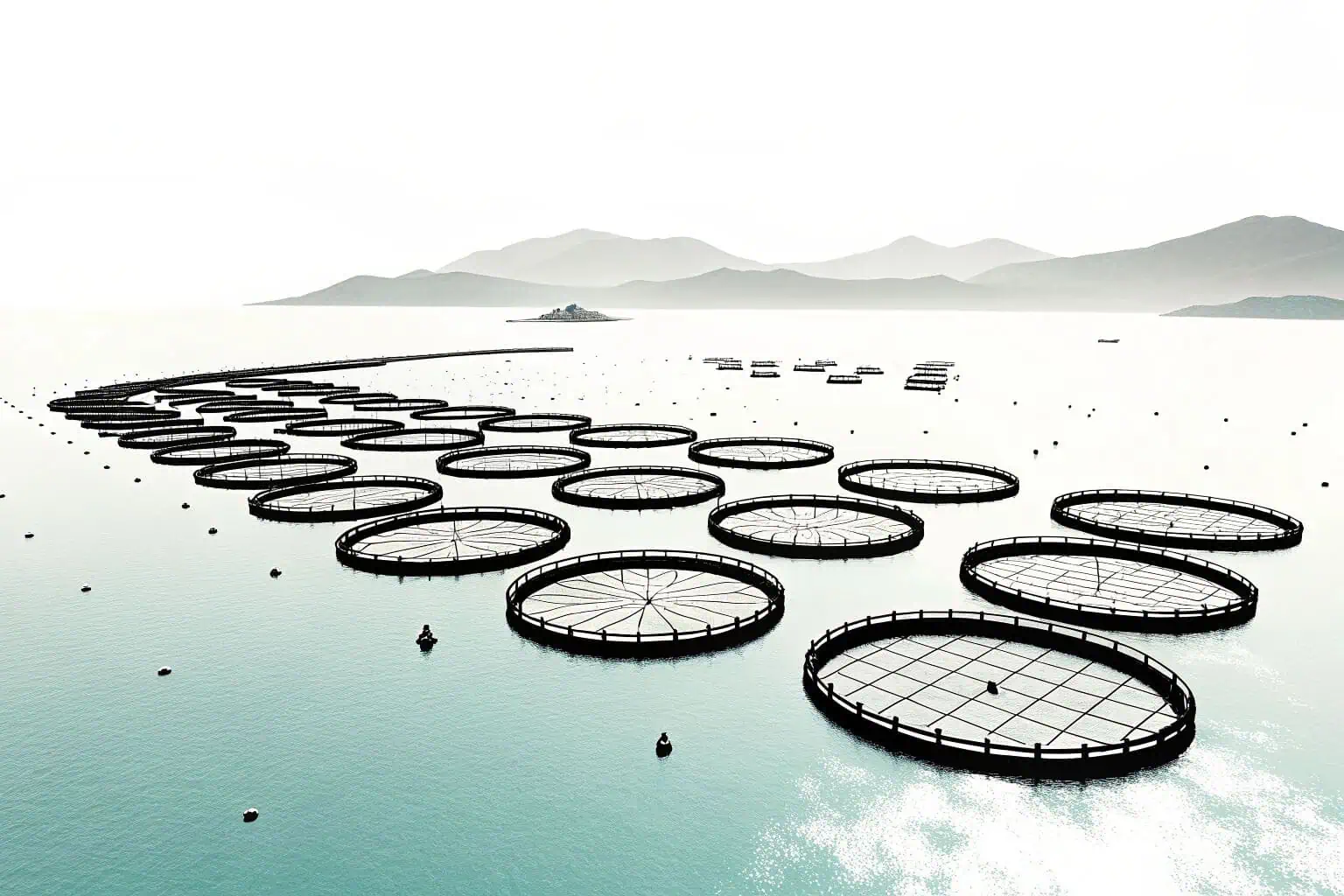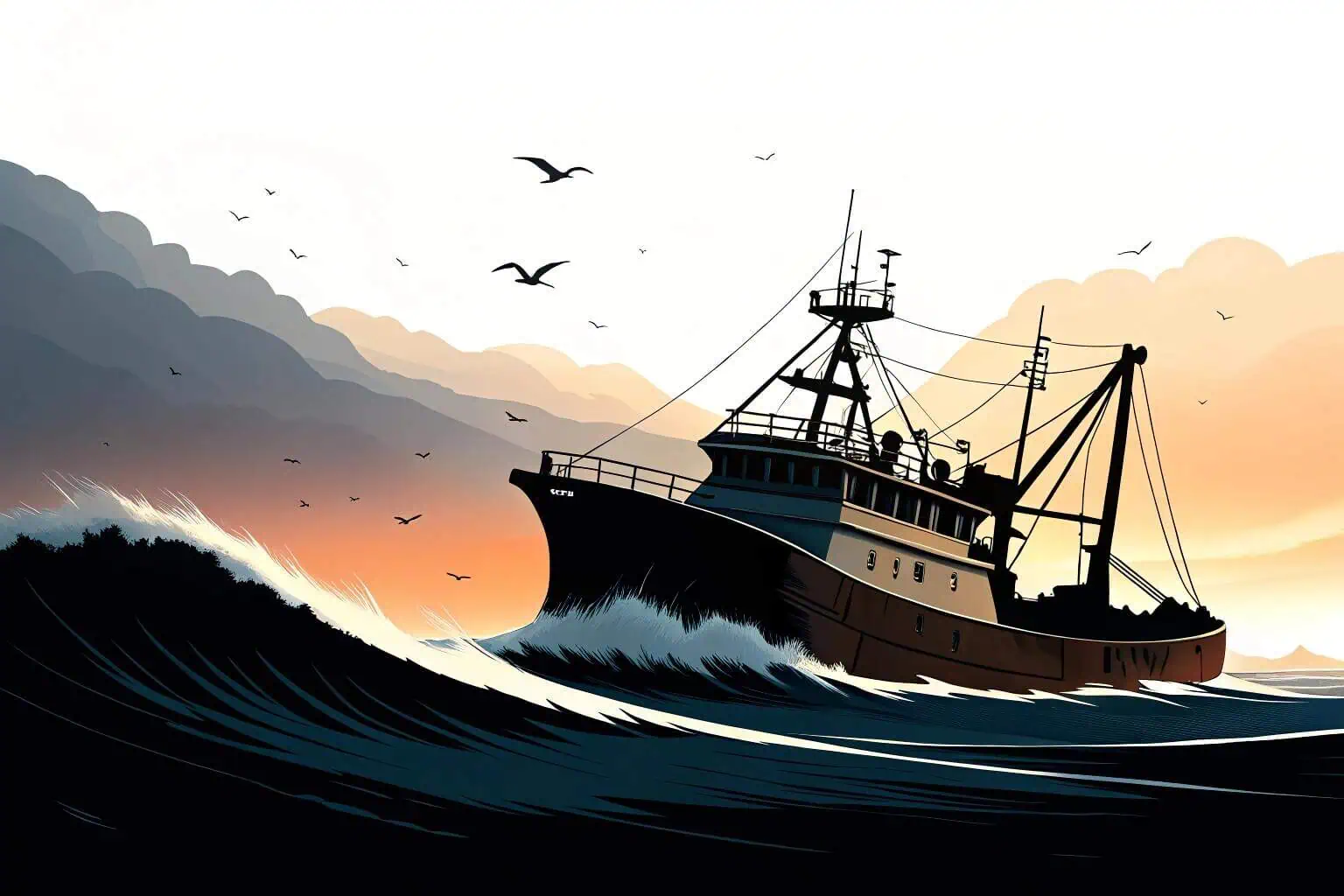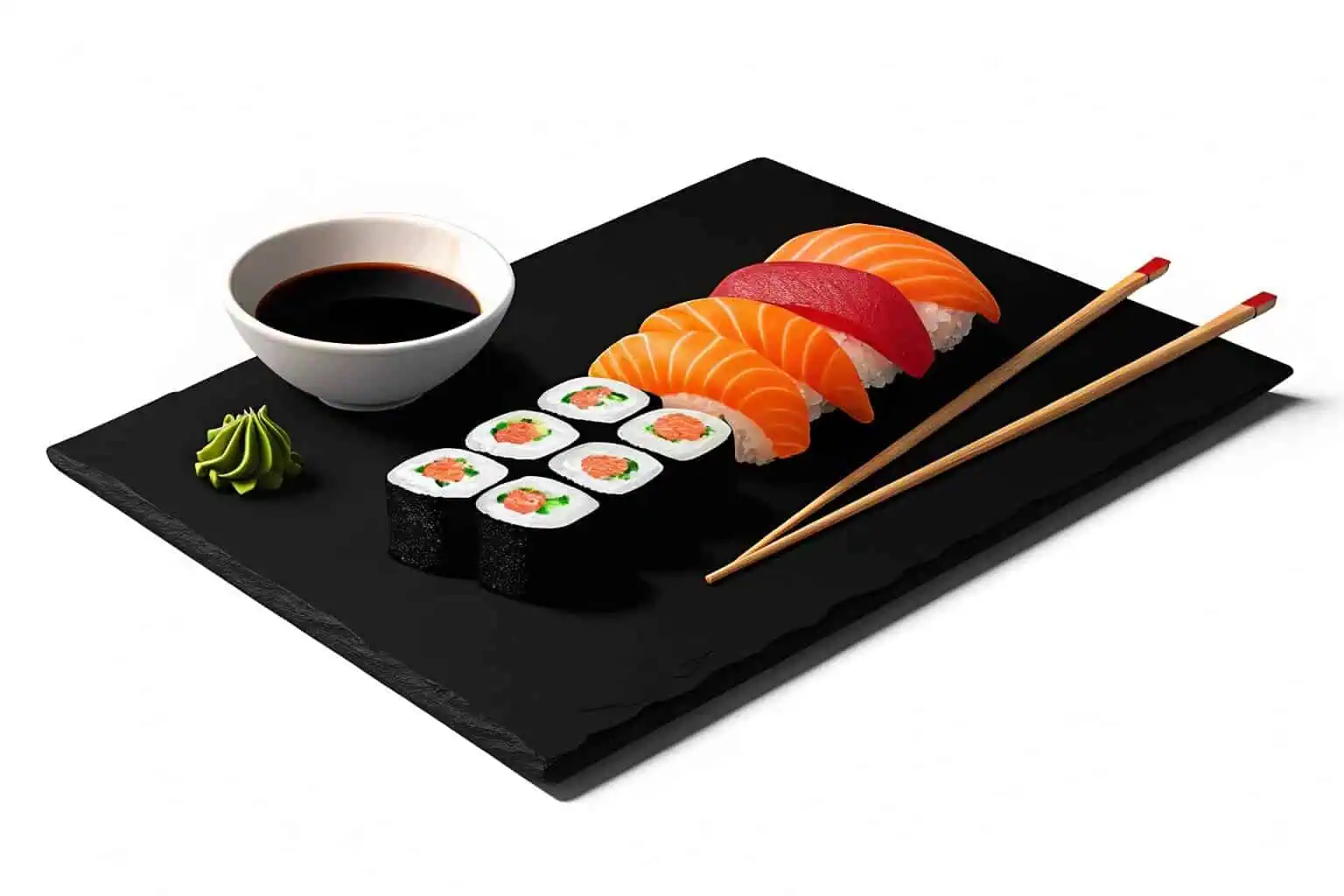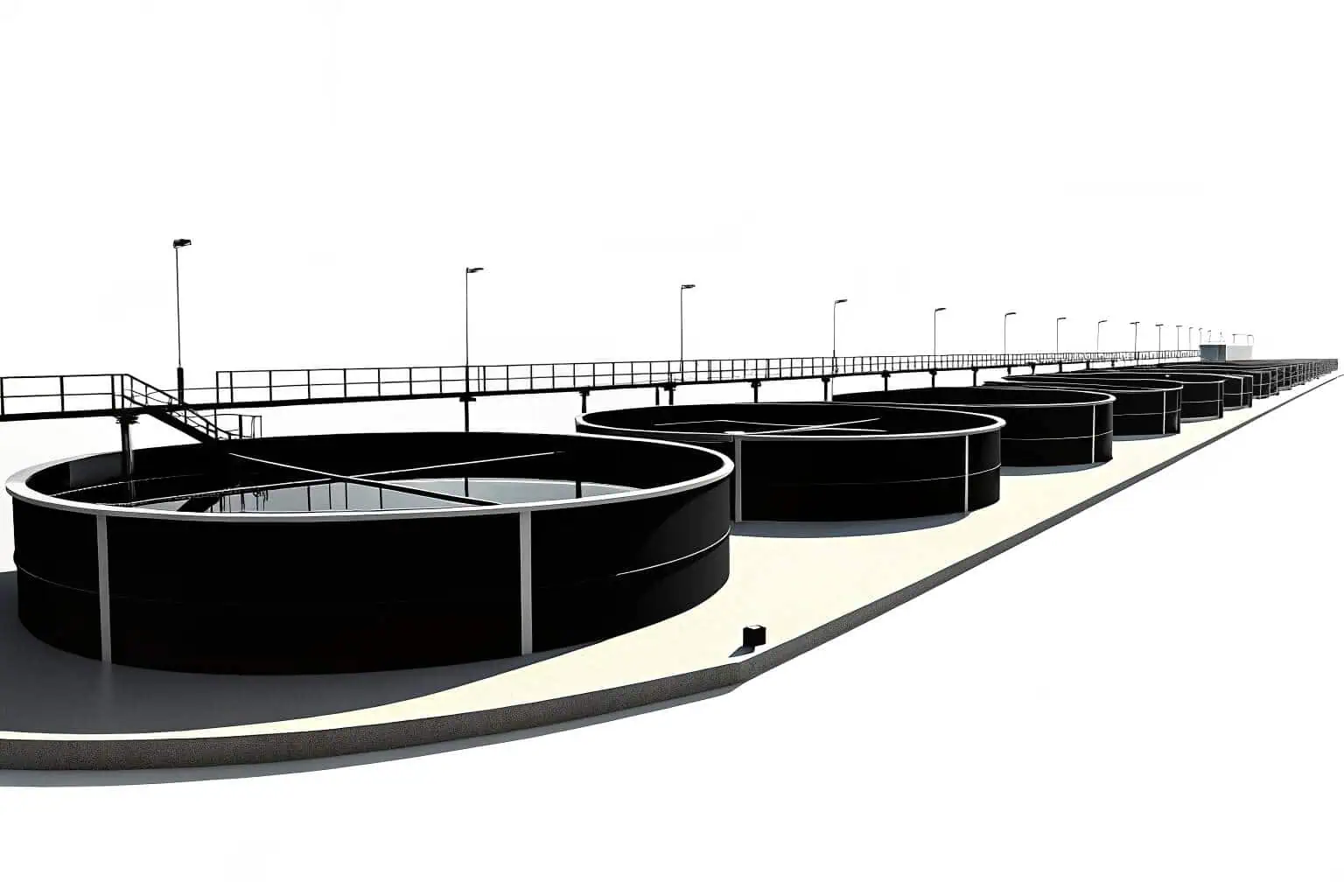Which is the largest fish producing country in the world?
The world's appetite for fish is growing fast. But with oceans under pressure, how can we possibly meet this demand? The answer lies with one country that has mastered production on an incredible scale.
China is the world's largest fish producer by a wide margin. It contributes about 35% of the total global fish production, driven by its massive aquaculture industry and a powerful wild-catch fishing fleet. This dual strength makes it the undisputed leader in the global fisheries sector.

As someone who has worked in the global fishery supply chain for years, I've seen firsthand how critical this industry is. It's not just about putting food on the table; it's about economies, livelihoods, and a delicate natural balance. The numbers are staggering, but behind them are stories of innovation, challenge, and human ingenuity. China's role is central to this story, but it's also part of a much larger, more complex picture that involves every nation with a coastline or a river. Let's dive deeper into what these production numbers really mean for the world.
Which country produces the most seafood in the world?
Thinking about seafood often brings fish to mind. But the category is much broader, including shrimp, crabs, and clams. So, who is the top producer when we consider everything from the sea?
China also leads the world in overall seafood production. Its output includes not just fish but also vast quantities of crustaceans, mollusks, and other aquatic life. The country's extensive aquaculture systems are the primary driver behind its number one position in all things seafood.

When I look at the data, it's clear that China's strategy is comprehensive. They haven't just focused on one area. They have built a massive engine for both catching wild seafood1 and, more importantly, farming it. This two-pronged approach is what gives them such a commanding lead. It's a model born from necessity, to feed its huge population, but it has since grown into a global export powerhouse. This distinction between wild-caught and farmed is crucial because it tells two different stories about our relationship with the ocean and its resources. One is about hunting, and the other is about agriculture.
Aquaculture vs. Wild Capture
China's dominance isn't accidental; it's built on a strategic mastery of both farming and fishing. While its wild capture fleet is the world's largest, its aquaculture production is even more impressive—it produces more farmed seafood than the rest of the world combined. This focus on aquaculture allows for a level of control and volume that wild fishing simply cannot match sustainably. It's a shift from relying solely on what the ocean provides to actively cultivating resources. I've seen this evolution myself, from simple family ponds to vast, industrial-scale farms that operate with incredible efficiency. This dual approach secures their top position.
| Production Type | China's Role | Key Competitors |
|---|---|---|
| Aquaculture2 | World's #1 by a large margin | Indonesia, India, Vietnam |
| Wild Capture3 | World's #1 | Indonesia, Peru, Russia |
Key Species Driving Production
The sheer volume of China's seafood output is supported by a diverse range of species. In freshwater aquaculture4, species like Carp and Tilapia are fundamental, providing affordable protein for millions. In marine environments5, they farm massive amounts of shellfish, such as oysters and clams, along with shrimp and various marine fish. This diversity is a key strength. It reduces reliance on a single species and allows them to cater to different market demands, both domestically and internationally. It's a calculated portfolio of products that maximizes their resources and market reach.
Which country is number one in fishing?
We know who produces the most, but who is the biggest player in wild fishing? This means sending boats out to sea to catch fish. The answer might seem obvious, but the scale of the operation is hard to grasp.
China is also number one in wild-catch fishing. It operates the world's largest distant-water fishing fleet, with thousands of vessels active in every ocean. This massive fleet gives it an unparalleled ability to harvest marine resources globally, far surpassing any other nation.

From my perspective, the size of China's fishing fleet6 is both impressive and a cause for concern. On one hand, it's a testament to their industrial capability and their determination to ensure food security. It provides jobs and drives a significant part of their economy. On the other hand, a fleet of this size places enormous pressure on global fish stocks, many of which are already struggling. It brings up difficult questions about sustainability and responsibility7 that the entire international community, including producers and consumers, must face together. The future of our oceans depends on finding the right balance.
The Global Reach of the Fleet
The Chinese distant-water fleet is not just large; it's global. These vessels operate far from their home shores, from the waters of West Africa to the coasts of South America. This global presence allows them to access a wide variety of fish stocks. However, it has also led to international disputes and accusations of overfishing8 in regions where local economies depend heavily on their own marine resources. Managing a fleet of this scale responsibly is one of the greatest challenges facing the global fishing industry today.
Economic Impact at Home
Back in China, the fishing industry is a cornerstone of the economy in many coastal provinces. It supports millions of jobs, not just for the fishers themselves but also in processing plants, logistics, and export businesses. The seafood that is brought back is both consumed domestically and processed for export, making China a central hub in the global seafood trade9. This economic engine is powerful, and it creates a strong incentive to maintain high catch levels, sometimes at the expense of long-term sustainability.
The Sustainability Question
No discussion about the world's largest fishing fleet is complete without addressing sustainability. The term that keeps me up at night is "IUU fishing10"—illegal, unreported, and unregulated. It's a huge problem globally, and the sheer size of China's fleet makes it a major focus of concern. While China has started taking steps to regulate its fleet more strictly, the challenge is immense. As an industry, we have to push for more transparency and stronger enforcement of international rules to ensure that fishing can continue for generations to come.
Which country is famous for fish?
Being the biggest producer doesn't automatically make you the most famous. Fame can come from culture, cuisine, or a single, iconic product. So, which country truly owns the title of being "famous for fish"?
While China is the largest producer, countries like Japan are world-famous for their fish-based cuisine like sushi, and Norway is famous for its high-quality salmon. Fame is subjective and can be based on cultural impact or branding, not just volume.

In my travels, I've learned that fame is about perception. When people think of Japan, they think of the art of sushi11. When they think of Norway, they picture cold, clear fjords and premium salmon12. China's fame is tied to its industrial scale—its ability to supply the world. Each of these claims to fame is valid, but they highlight different aspects of the global fish industry. It shows that value isn't just in the tonnage; it's also in the story, the quality, and the culture built around the fish.
Fame Through Production: China
China's fame is one of sheer scale. For anyone in the seafood business, from importers to wholesalers, China is the first name that comes to mind. It is the world's factory for fish. This reputation is built on reliability and volume13. If you need large quantities of seafood, China is the go-to source. This industrial fame might not be as romantic as Japan's culinary fame, but it is arguably more impactful on the global market and what ends up on dinner plates worldwide.
Fame Through Cuisine: Japan
Japan's relationship with fish is deeply cultural and artistic. It's not about having the most; it's about perfecting the experience. Sushi and sashimi are global phenomena that have elevated raw fish into a delicacy. This fame is built on centuries of tradition, respect for the product, and meticulous skill. Japanese chefs are revered for their ability to handle seafood, and the country's fish markets, like the famous Tsukiji (now Toyosu)14, are legendary. This cultural fame gives Japan a unique and powerful position in the world of fish.
Fame Through a Single Species: Norway
Norway provides a masterclass in branding. It took one fish—the Atlantic salmon15—and turned it into a global premium product. Through clever marketing, stringent quality controls, and a focus on sustainability, Norwegian salmon became synonymous with high quality. They didn't try to be the biggest in everything; they focused on being the best at one thing. This has made them incredibly famous and successful in a specific, high-value segment of the market. It's a different path to fame, but a very effective one.
Which country has the largest fish farm?
With wild fish stocks under pressure, farming fish is the future. This practice, known as aquaculture, is where the real growth is. So, who has invested the most and built the biggest fish farming industry?
China has the world's largest and most productive fish farming industry. Its aquaculture output is greater than the rest of the world's combined, covering everything from inland carp ponds to massive offshore marine farms. They are the undisputed global leader in aquaculture.

As a provider of liquid containment solutions16 like collapsible fish tanks17, I've watched China's aquaculture boom with great interest. They have truly industrialized the process. It's not just about digging ponds anymore; it's about applying technology and engineering to maximize yields in a controlled environment. They use a variety of systems, from traditional earthen ponds to modern, high-tech recirculating systems and flexible, frame-supported tanks for different species and stages of growth. This commitment to aquaculture is their solution to the challenge of feeding over a billion people and it has reshaped the entire global seafood market.
The Unstoppable Rise of Aquaculture
China's focus on aquaculture began decades ago as a national food security strategy. The government provided strong support, and generations of farmers refined their techniques. This long-term vision has paid off spectacularly. Today, aquaculture is the main reason for China's dominance in seafood18. It provides a more stable and predictable supply than wild fishing, insulating it from the variability of ocean catches. This stability is a massive advantage in a volatile global market. It's a story of foresight and relentless execution.
A Look at Different Farming Systems
The diversity of China's aquaculture is staggering. You can find everything from small, family-run ponds in rural areas to giant, corporate-owned operations. They have perfected freshwater polyculture, where different species of carp are raised together in a symbiotic system. In coastal areas, they have vast farms for shrimp, shellfish, and marine fish. And increasingly, they are adopting modern systems like the ones we help support—durable, collapsible tanks and lined ponds that offer flexibility and better control over water quality. This adaptability is key to their success.
| Farming System | Key Species | Characteristics |
|---|---|---|
| Earthen Ponds19 | Carp, Tilapia | Traditional, low-cost, widely used for freshwater fish. |
| Coastal Farms | Shrimp, Oysters | Large-scale operations in intertidal zones and coastal waters. |
| Modern Tanks20 | High-value fish | Includes collapsible tanks and RAS for better control and higher density. |
Conclusion
China's position as the top fish producer is clear. Its dominance in wild catch, and especially in aquaculture, is unmatched. However, this leadership comes with a great responsibility for the health of our planet's waters.
-
This resource will shed light on the ecological effects of wild seafood harvesting, essential for grasping our ocean's health. ↩
-
Explore this link to understand China's leading role in Aquaculture and its global impact. ↩
-
Discover insights into China's dominance in Wild Capture and its competition with other countries. ↩
-
Explore this link to understand how freshwater aquaculture contributes to global seafood supply and its economic significance. ↩
-
Discover the role of marine environments in seafood farming and their impact on biodiversity and sustainability. ↩
-
Explore this link to understand the implications of China's fishing fleet on sustainability and global fish stocks. ↩
-
This resource will provide insights into sustainable fishing practices and the responsibilities of the global community. ↩
-
This resource will provide insights into the environmental and economic effects of overfishing, crucial for understanding sustainable fishing practices. ↩
-
This resource will provide insights into the global seafood trade's dynamics and its implications for sustainability efforts. ↩
-
Understanding IUU fishing is crucial for addressing its global impact and promoting sustainable fishing practices. ↩
-
Exploring this link will deepen your understanding of sushi's cultural roots and its importance in Japanese cuisine. ↩
-
Discovering this resource will reveal the qualities that set Norwegian salmon apart and its impact on culinary trends. ↩
-
This resource will explain the practices that make China a leader in seafood supply, essential for understanding global trade. ↩
-
This resource will provide insights into the legendary status of Tsukiji and its impact on Japanese cuisine. ↩
-
Discover how Atlantic salmon's branding and quality controls have set it apart in the global market. ↩
-
Explore this link to discover innovative liquid containment solutions that enhance aquaculture efficiency and sustainability. ↩
-
Learn about the advantages of collapsible fish tanks in aquaculture, including space-saving and flexibility for various species. ↩
-
This resource will reveal the strategies behind China's seafood dominance and its implications for global trade. ↩
-
Explore this link to understand the advantages of Earthen Ponds, a cost-effective method for sustainable fish farming. ↩
-
Discover how Modern Tanks enhance fish farming practices, offering better control and higher yields. ↩